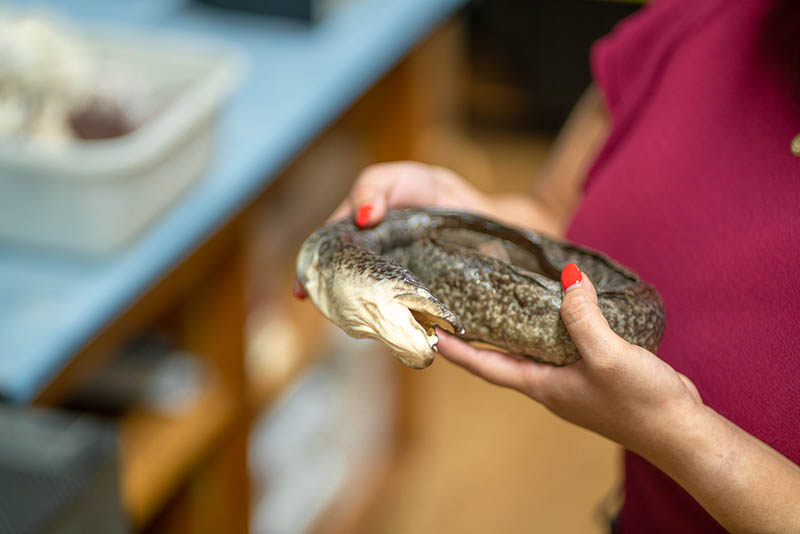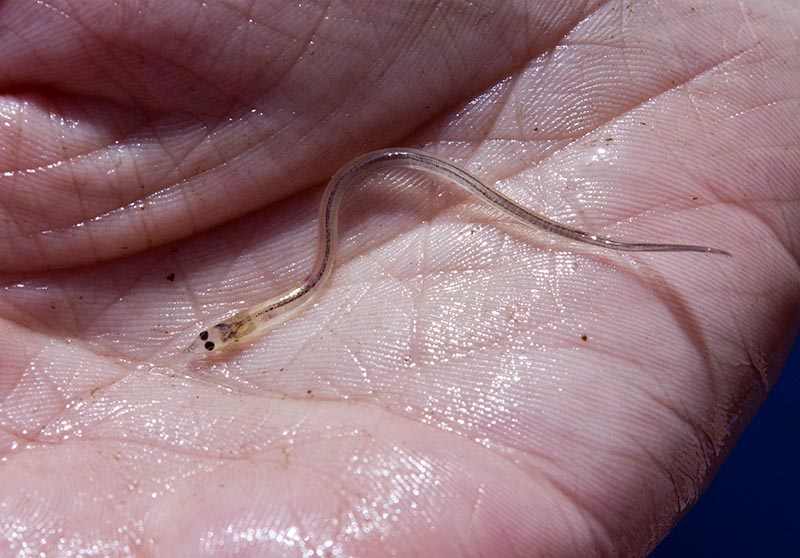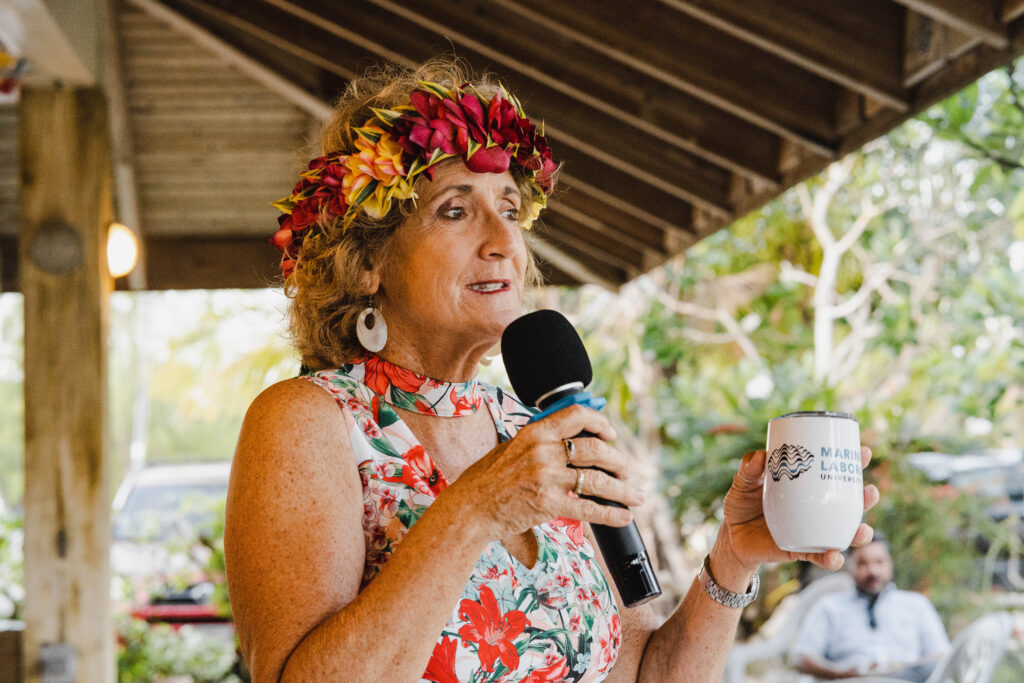




SRE:
This year, Guam NSF EPSCoR welcomed five undergraduate students from the University of Guam to its Student Research Experience (SRE), a yearlong internship that provides these students with research training, fieldwork experience, and networking opportunities under the mentorship of scientists and subject matter experts from UOG.
Nicole Pineda:
Nicole Pineda feels that the SRE program will help bolster her skills as a biology major.
During her time in the program, Pineda is studying the biodiversity and biological factors of the green algae genus Ostreobium under the mentorship of Héloïse Louise Rouzé, Ph.D.
Pineda says that she is ecstatic to gain more research experience and learn skills outside of her time in the classroom.
“I feel that this research internship would allow for the hands-on component that reaches further than studying my science courses at University alone and would propel me to develop different perspectives in my STEM career,” said Pineda.
Daniel Urbano
Applied biology major Daniel Urbano considers being in the SRE program a major step in his scientific journey.
“This will serve as a great jumping off point in my scientific career and I’m very happy that I’m able to participate as an EPSCoR SRE,” said Urbano.
For his project, Urbano will research the assessment of macro algae community assemblage and diversity in Guam under the mentorship of Robert Lasley, Ph.D., a UOG senior research associate of crustacean biology.
Urbano says that he looks forward to the opportunity to conduct field studies and diving deeper into his research in a formal lab setting.
MaryJolleen Perez
Integrative biology major Maryjolleen Perez is excited to connect and collaborate with the other SRE participants in her cohort.
“I feel extremely fortunate to have been given the opportunity to work alongside and learn from an amazing mentor and make new connections within the STEM field,” said Perez.
Under the mentorship of Christopher Lobban, Ph.D., Perez is researching marine benthic diatom biodiversity and biogeography.
Perez is most excited about acquiring a new perspective through data collection and is eager to immerse herself in the experience and expanding possibilities it affords.
Ave Lyn Medina
Chemistry and biology double major Ave Medina appreciates the support she’s experienced during her time in the SRE program.
“The program and everyone involved in it have been extremely kind and wonderful to work with!” said Medina. “The program provides an incredible opportunity to gain practical experience in a laboratory setting. And what’s even more exciting is that as an SRE you get to play a major role in a research experiment right from the start.”
Under the mentorship of Bastian Bentlage, Ph.D., Medina is researching how bacteria, specifically two strains of Endozoicomonas, may enhance the growth of Cladocopium C40, a genus of Symbiodiniaceae which plays a significant role in the health of coral reef ecosystems.
Mya Ngemaes
Mya Ngemaes is brimming with excitement to be a part of the EPSCoR Student Research Experience.
As a third-year biomedical major minoring in sociology, Ngemaes is looking forward to broadening her understanding of STEM through the SRE program.
“It’s an amazing opportunity to be part of a program that fosters scientific exploration and innovation in STEM fields. The chance to contribute to research while gaining valuable experience and skills is truly invaluable.”
Ngemaes is currently under the mentorship of Ciemon Caballes, Ph.D., researching the role of starvation in the decline of crown-of-thorns sea star (COTS) outbreaks; specifically Ngemaes is investigating abrupt decreases in COTS abundance at the end of outbreaks and the role of starvation in disease susceptibility and transmission for the purpose of understand the dynamics of COTS populations and their interactions with prey availability, pathogen susceptibility and transmission.
Ngemaes looks forward to the opportunity to acquire more lab experience while working alongside others who share her deep passion for marine ecosystems.














































